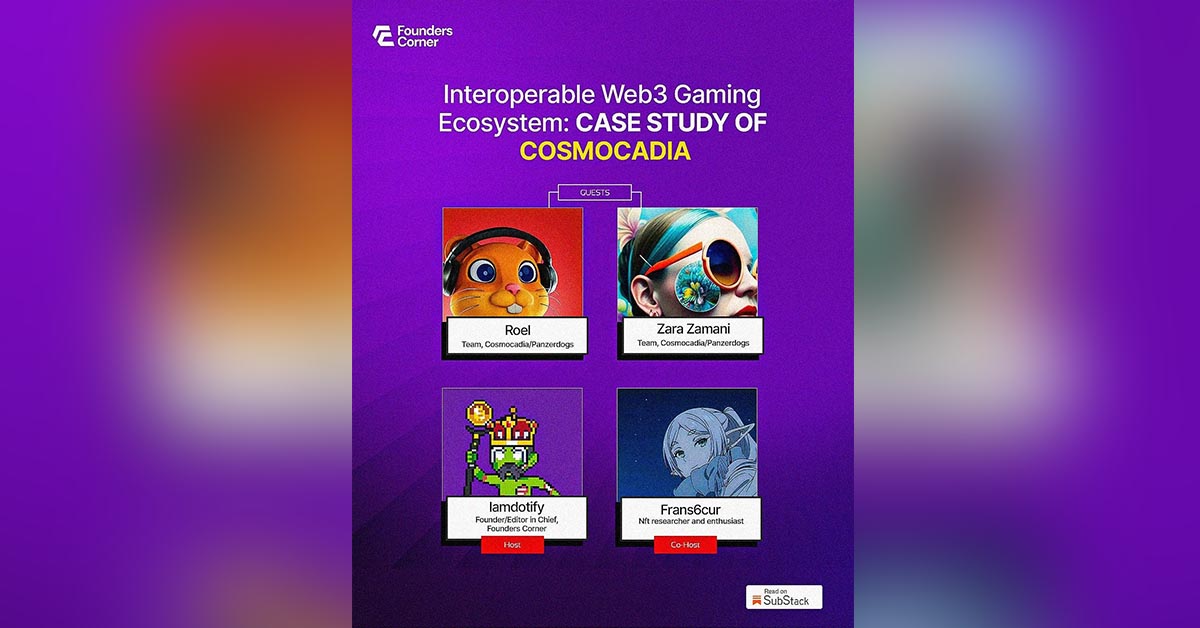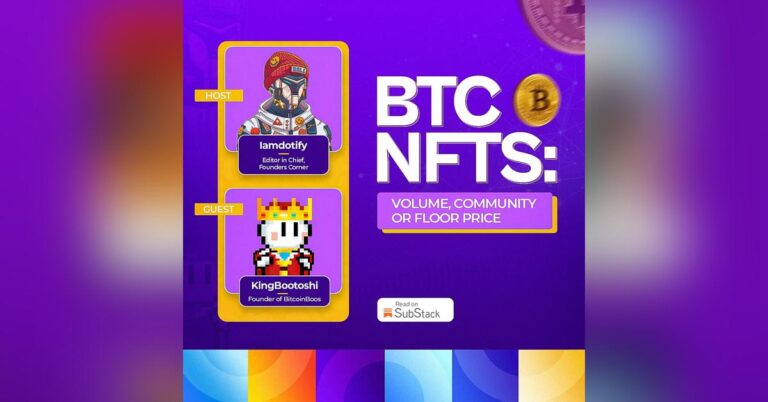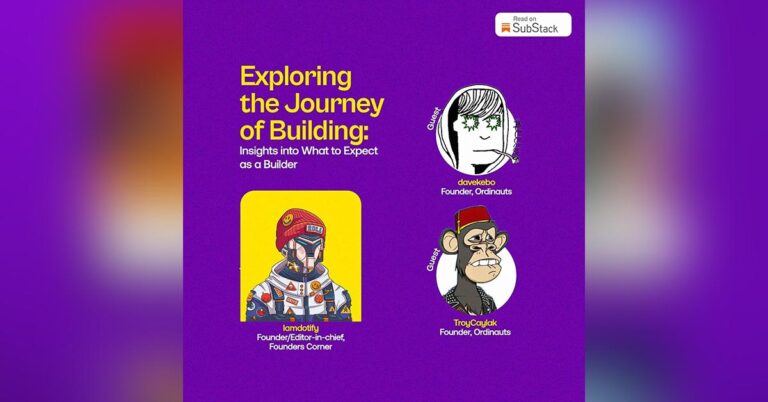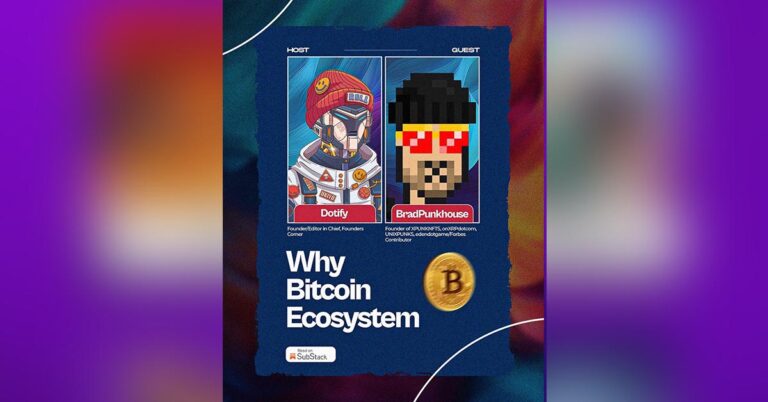Talking with Zara Zamani(CEO of Lucky Kat Studios & Director of Operations) and Roel (Business Development & Community Manager Putting Cosmocadia on the map and growing the community), we got to know a lot of beautiful things about the team and project as a whole.
Lucky Kat is a prominent web2 hyper casual gaming studio that has achieved amazing success. Why the switch to web3?
There are many reasons, but the first is the ownership, freedom, and creativity that Web3 brings to the gaming industry. In a typical Web2 gaming industry, as a player or gamer, you don’t have real ownership over your assets. If the game fails or shuts down, all of your investment—time, resources, and money spent on purchasing assets—disappears with it. Traditionally, as a gamer, you don’t have a say in how the game evolves, and you can’t take your assets with you to use in another game. These reasons, and the desire to put gamers at the core of the experience, were the main motivations for transitioning from Web2 to Web3.
I think that’s definitely the main strength we saw in switching to Web3. We originally come from a hyper-casual mobile studio background, and they recognized that the industry is currently challenging. They wanted to innovate in new ways. The founders were already deeply involved in crypto, and besides providing more ownership to gamers through NFTs and in-game assets, Web3 also creates far more creative ways of monetization. It offers us many more opportunities and allows us to build an interoperable ecosystem. This enables us to combine our games and create one big Lucky Kat universe.
With Web3, the gaming economy changes significantly. In Web2, the gaming economy is a one-way relationship where the gaming studio provides assets, and gamers buy them. However, in a Web3 economy, you build a shared economy with the gamers. Gamers become part of the economic growth of the game or ecosystem we are building. We’re not just focusing on putting gamers at the core of attention but also including them in the economic growth that we are building.
Lucky Kat’s Mascot Kumo, recently completed it’s phase one mint. How do you feel about the mint and it’s success?
We are very happy with how the community has received Kumo so far. As you might know, we first did a soft launch by introducing Kumo to the Sui community and the broader Web3 community. It gained a lot of traction and interest. Two days before the mint, we revealed that Kumo is Lucky Kat’s mascot. This is also what we want to achieve with the collection and the community we’re building. Kumo will be the character that represents Lucky Kat and unifies all our games. This was the missing piece necessary for our next big milestone as a studio; which is to create an interoperable ecosystem of games and to launch our Koban token.
This is a very important milestone for us. We are now only in Phase Two of the mint, which will happen relatively soon. Kumo has been very well received, and it has exceeded our expectations in Phase One. Phase Two will be even bigger and more interesting. It might be interesting to know why Kumo was created and why we wanted a mascot character for the studio. We wanted a character that would represent the entire ecosystem we are building and embody the ability to bring assets from one game to another, creating cross-utility between game assets. The idea is to unify this whole ecosystem. We didn’t want the community to be scattered across different game communities. Right now, we have Panzerdogs and Cosmocadia communities, and more games will be coming from our Web2 portfolio to our Web3 portfolio. We wanted to unify this community under one umbrella, and Kumo’s role is to do just that.
We are very happy to see how Kumo has been welcomed by the community, some assets in the Kumo collection are listed as high as 10.5k Sui today, which is amazing. We have been the number one trending collection on Tradeport Marketplace for the past six days since Kumo’s launch.
Will Kumo be integrated in other ecosystems asides sui?
Currently, the two Web3 games we have are on Sui, and our Koban token, which is in the planning phase for launch, will also be a Sui token. However, as a gaming studio with a portfolio of over 100 games, our target audience is Web2 gamers, not just Web3 gamers. We aim to convert Web2 gamers to Web3 and bring as many new players as possible to the Web3 gaming space. This means we must go beyond the Sui community and explore opportunities with as many communities as possible, including collaborations with games from other communities or chains and traditional Web2 games.
Lucky Kat Studio is committed to exploring all these opportunities, including partnerships with games in other communities and with Web2 games looking to join the Web3 space. That’s why we launched Lucky Kat labs, which focuses on transitioning Web2 games to Web3.
Regarding the potential third game, I cannot confirm or deny, but we are planning for it, and we have asked the community to guess which game it is. It will be revealed slightly before our TGE (Token Generation Event), but I can’t say more at this time.
For Kumo, in Phase Two, we are now distributing whitelists to people outside of the Sui community. Phase One was Sui-focused, with the entire Sui timeline talking about it and many big projects collaborating with us. Kumo has now explored Sui and is beginning to explore the broader Web3 ecosystem. You will see this narrative develop on the timeline and in the communities.
We have some exciting collaborations in the pipeline and are opening the gates of Sui to bring in many new users into the Load ecosystem and Sui by Phase Two. Additionally, the main focus of Kumo is its role in the Koban enterprise. When we revealed Kumo, people saw that owning one would lead to a good airdrop, but I can share that this will not be the main focus near the TGE; it will be much bigger. Kumo will play a significant role in unifying our ecosystem, serving as the central character. We have very big plans for this collection in terms of rewards, utilities, and expanding the collection. It will essentially be the central community of Lucky Kat Labs, but more details will be revealed closer to the date.
We also have a very big tournament coming up in Cosmocadia and Panzerdogs, with a large prize pool. We’ve already announced this in various places, so it’s not entirely new information, but I can say that the prize pool will be the biggest we have done so far.
CONCLUSION
Web3 is all about community. Your community builds up your floor price, your volume, and can either support or hinder your project’s success. Community is everything. You can’t launch a successful project with a good floor price without a strong community. If you don’t have a good community, it’s impossible to sustain a project in the long run. While you can create short-term hype, a long-term, sustainable asset collection depends entirely on your community.
The core reasons why we operate in Web3 revolve around decentralization and democratization, which place the community at the heart of every decision. As the market, technology, and vision evolve, we adjust our strategy based on the community’s needs and requests. This year, for instance, we moved from launching a game token to an ecosystem token, rolling out our Web2 gaming portfolio to Web3. We did this to ensure that our community’s investment in Koban would be safe and secure, maximizing its success by bringing more games into the ecosystem.
Honest and transparent communication, both within the team and with the community, is crucial. We’ve faced many challenges and difficulties, especially building on a new chain like Sui. Despite the ups and downs, we’ve established ourselves well on this new chain, growing alongside it. While being early on the tech, community, and liquidity side of Sui has presented tough periods, we’ve stuck through it, adapted, and learned to be highly adaptive and responsive. We work with long-term visions and roadmaps but maintain flexibility to maneuver through this dynamic environment.



